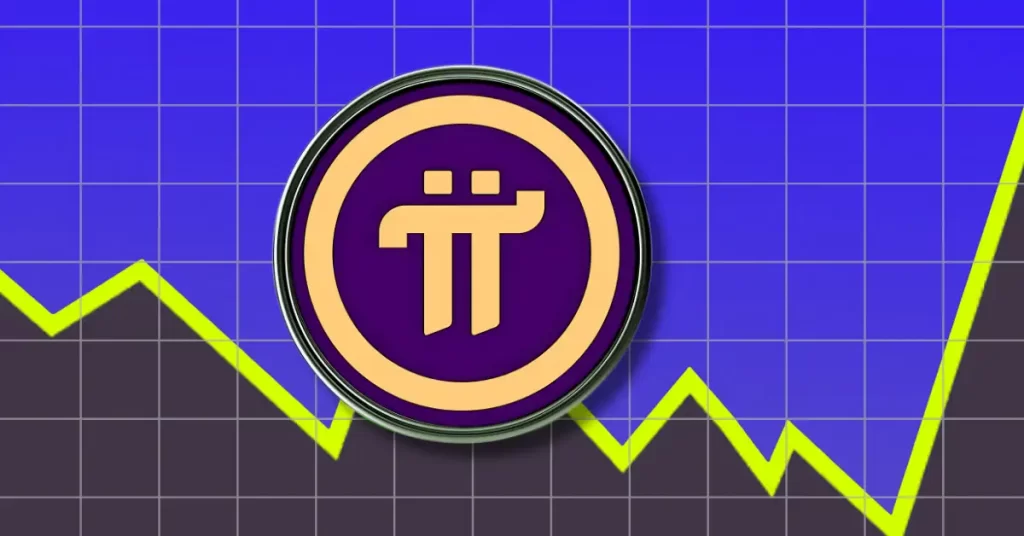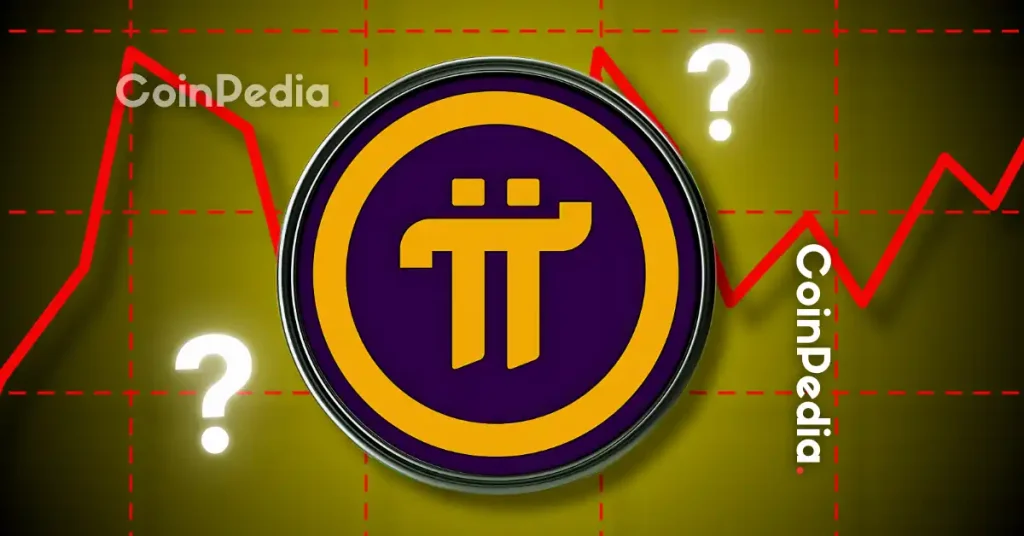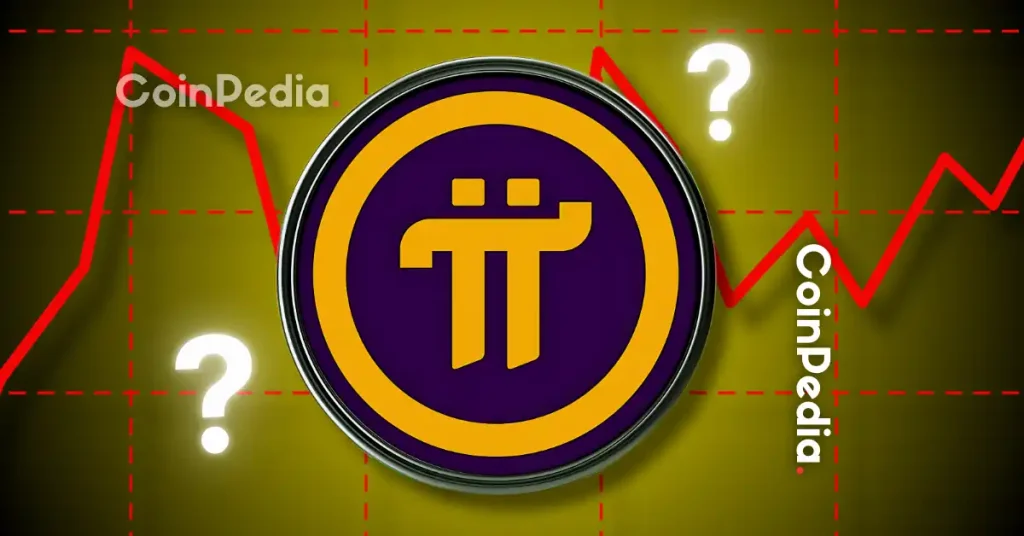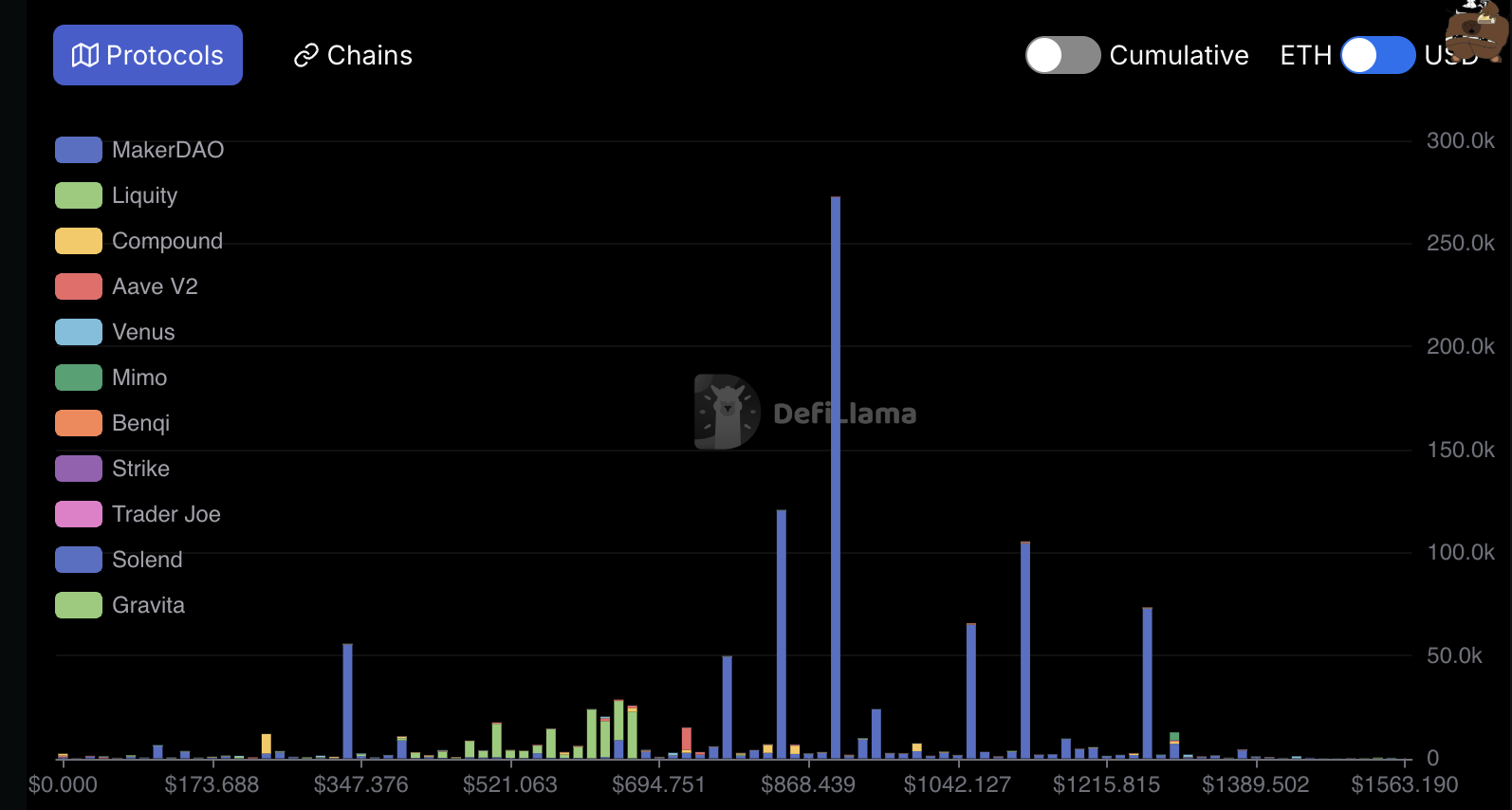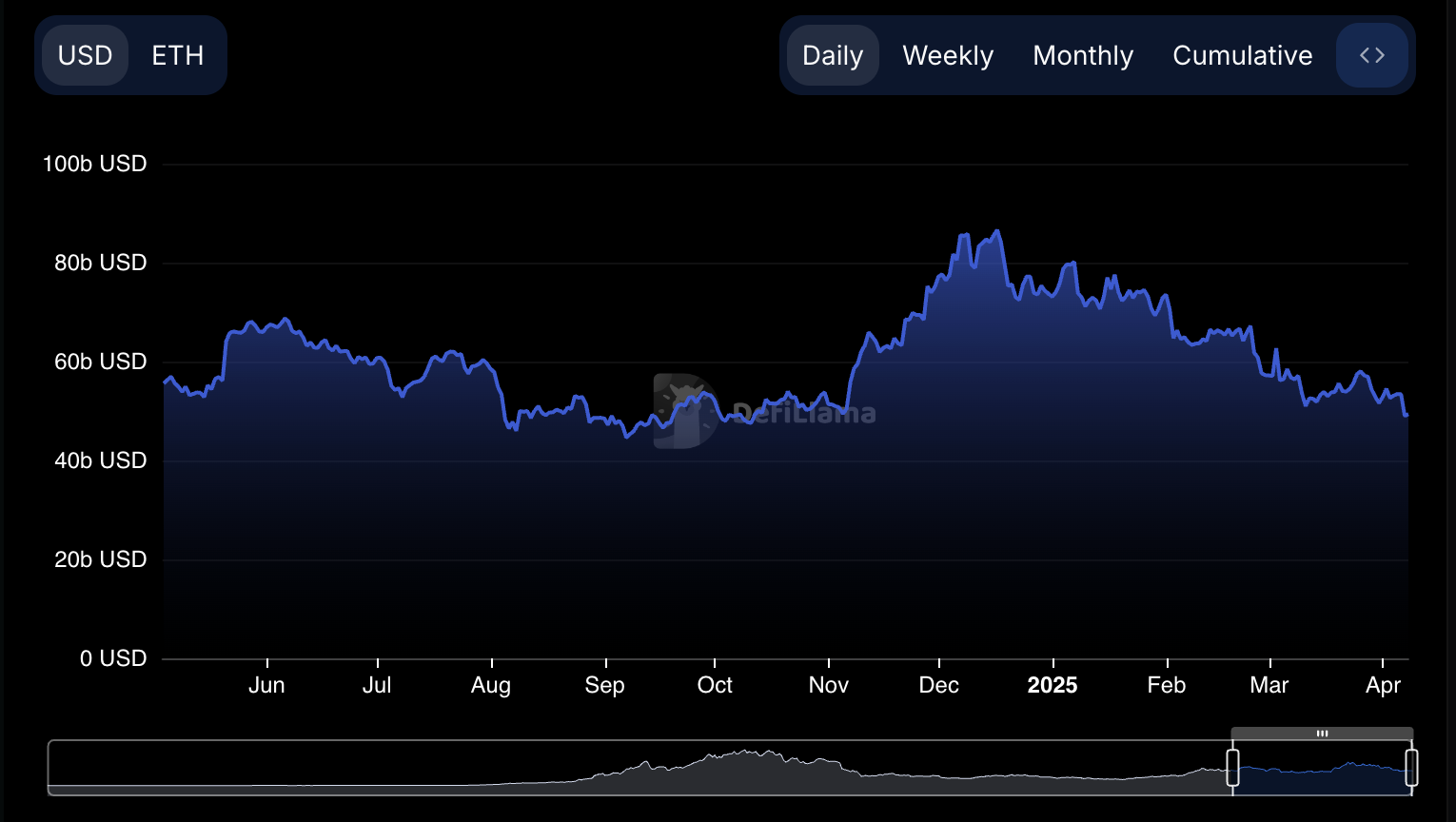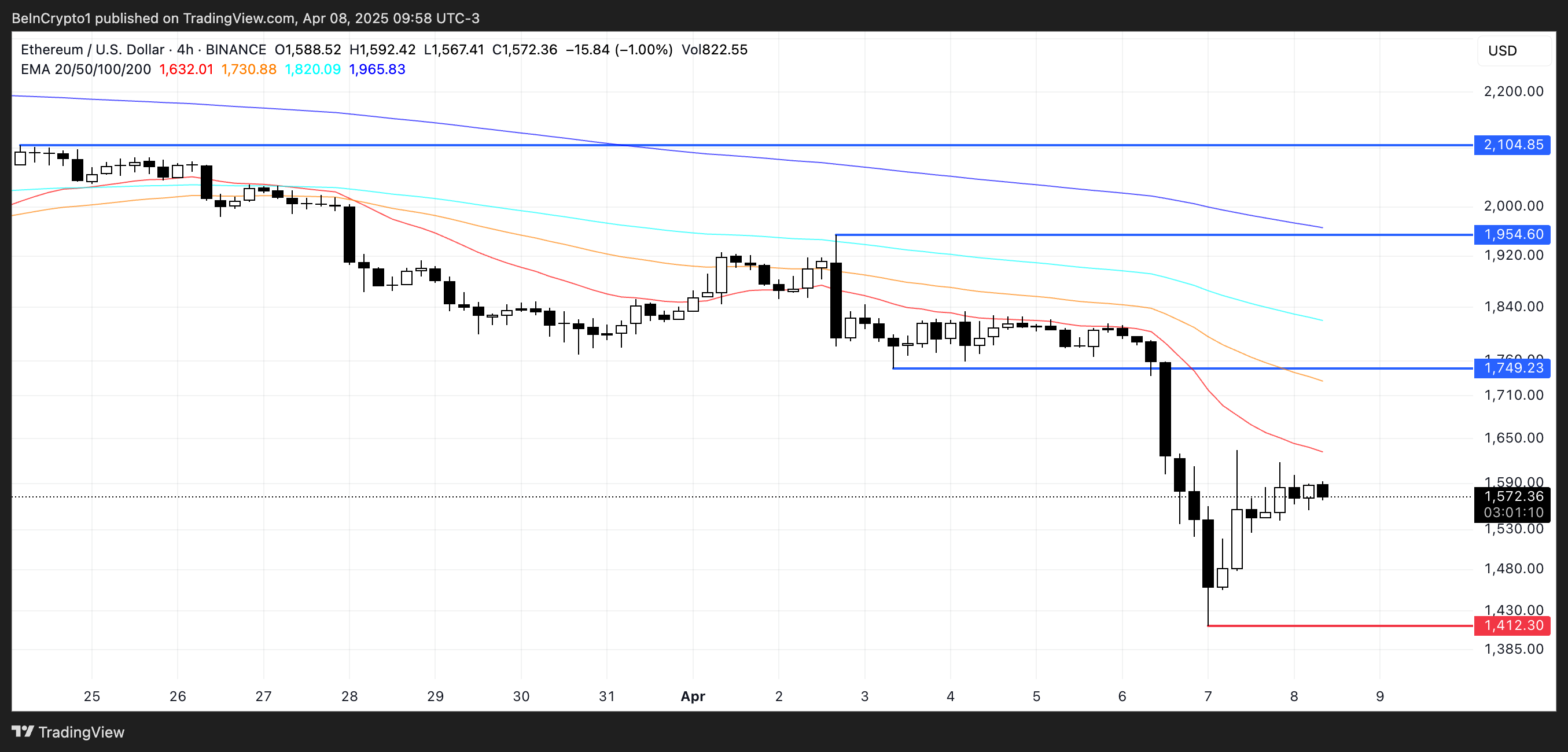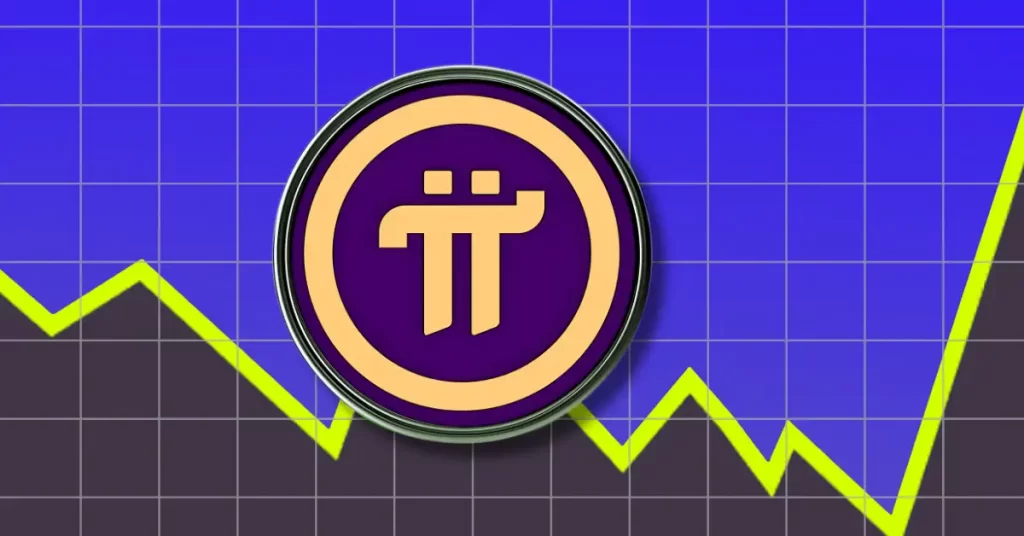
The post Pi Network News: Users Struggle with KYC as March 14 Deadline Nears appeared first on Coinpedia Fintech News
As Pi Day is just one day away, panic is growing among Pi Network users, known as Pioneers. Many fear they could lose their Pi coins due to issues with the Know Your Customer (KYC) verification process. With the final deadline set for March 14, 2025, frustration is at an all-time high as users struggle to get verified in time.
Users Face KYC Challenges
Tap to Earn Pi Network has recently announced that any user who does not complete KYC and transfer their balance to the Mainnet by 8:00 AM UTC on March 14, 2025, will lose most of their mobile balance. The team says this is necessary to keep the network clean from unverified accounts.
However, many users say they have tried to complete KYC multiple times without success. Crypto enthusiast Rod Thompson has called this one of the biggest issues in crypto, claiming he could lose over 10,000 Pi coins because some of his referrals have not completed KYC.
He also pointed out that Pi Network profits from ads shown during daily mining, making the situation feel unfair.
Others have also shared their frustration, saying their KYC applications have been pending for over two years. Some users have no option to reapply, leaving them in limbo and raising concerns about the fairness of the system.
Concerns Over Rewards and Balance Transfers
Aside from KYC problems, users have reported balance inconsistencies. Some claim their unverified balance continues to grow, but their transferable balance remains small. This has led to doubts about the transparency of the platform.
Another complaint is unfair reward distribution. Some long-term miners with referrals have received fewer Pi coins than others who mine irregularly, causing frustration.
Additionally, many users struggle to move their Pi coins to the Mainnet, even after completing all the steps. Due to long lock-up periods, some have even started selling their accounts on unofficial platforms, raising concerns about the project’s credibility.
Pi Coin Price Rises Despite Frustration
Despite these issues, Pi Coin’s price has surged by nearly 7% in the past 24 hours as investors prepare for Pi Day. Some analysts believe this rise is driven by speculation about potential announcements on March 14.
However, with the final KYC deadline approaching and many users still unable to verify their accounts, the future of Pi Network remains uncertain.

